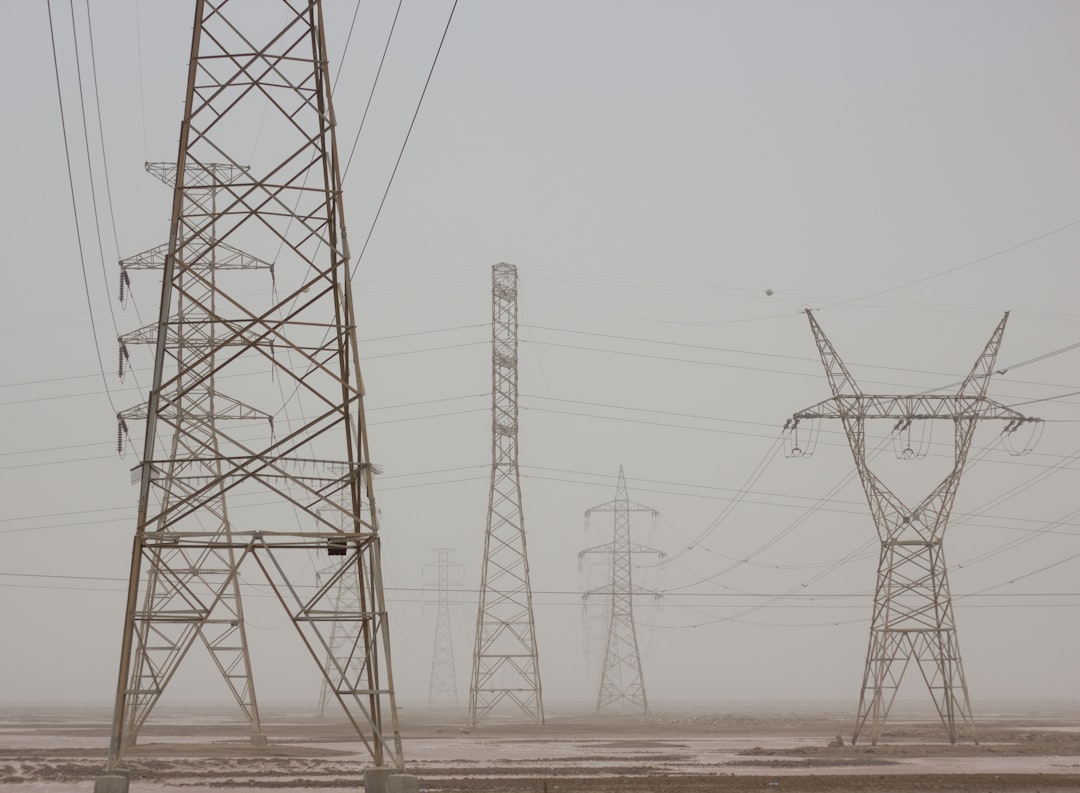What is it about?
Water Safety Plans (WSPs), strategies for assessing and managing risks to water supplies, have been found to improve the overall safety of utility and community managed water supplies. We consider their application to household self-supply systems by using rainwater harvesting systems in Fiji as a case study. We find a number of challenges will likely limit replicating the success of WSPs when scaled down to a household level in this context.
Featured Image
Why is it important?
Household self-supply water systems are an important source of drinking water in Fiji and other developing nations. However, assuring the drinking water quality from these sources has received little attention compared to community and utility managed supplies. This study considers some of the challenges that must be overcome to protect and maintain water quality in self-supply source, particularly rainwater harvesting systems.
Read the Original
This page is a summary of: Water quality management for domestic rainwater harvesting systems in Fiji, Water Science & Technology Water Supply, September 2014, IWA Publishing,
DOI: 10.2166/ws.2014.093.
You can read the full text:
Contributors
The following have contributed to this page










